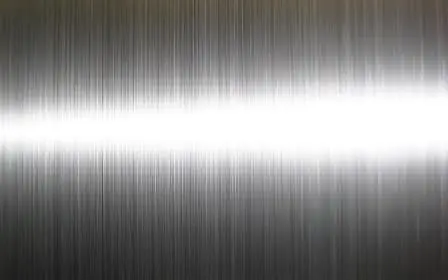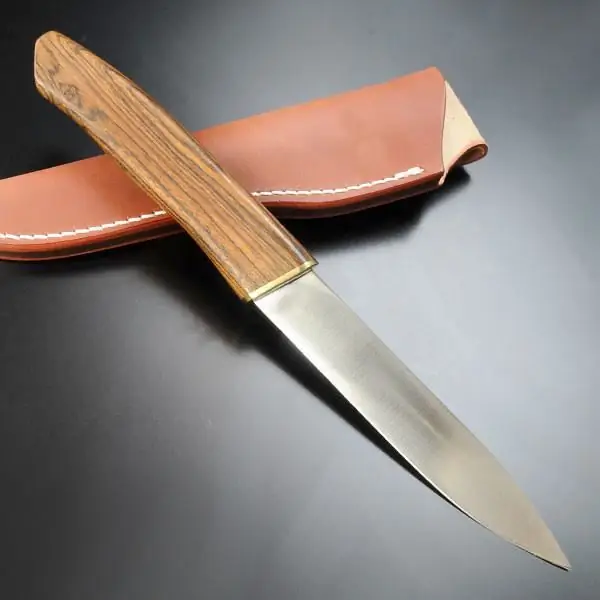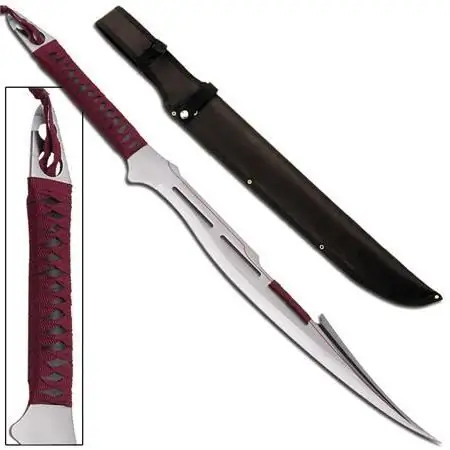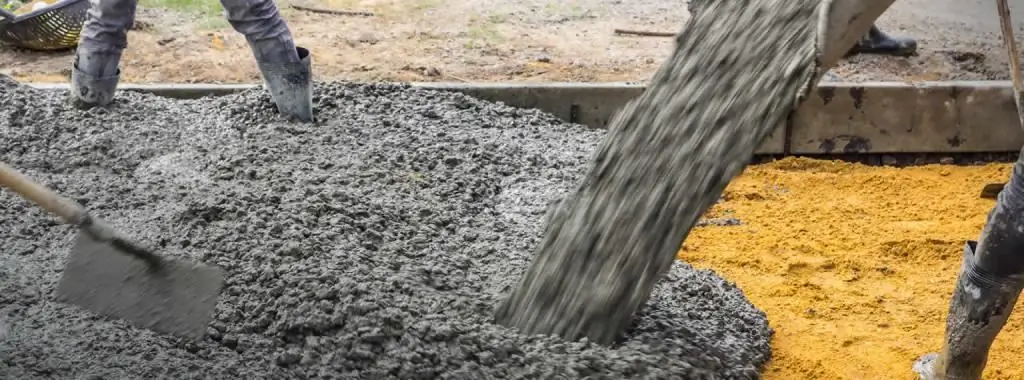2025 Author: Howard Calhoun | [email protected]. Last modified: 2025-01-24 13:10:30
It's worth starting with the fact that any spring, spring and other similar elements are operated under conditions of rigid and constant elastic deformation. In addition, most parts are also subjected to cyclic loads. It is for these reasons that high demands are placed on spring steel in terms of elasticity, fluidity, endurance, ductility, and it is also important to have the necessary resistance to brittle fracture.

Composition
The composition of steel, which is suitable for the production of springs and springs includes from 0.5% to 0.75% carbon. Additional requirements for the content of alloying elements during production are as follows:
- Silicon content in spring steel up to 2.8%;
- manganese content up to 1.2%;
- chromium alloying reaches 1.2%;
- vanadium content up to 0.25%;
- alloying with tungsten up to 1.2%;
- nickel content up to 1.7%.
It is also important to add here that during the production of steel, the process of grain refinement is carried out, which contributes to an increase in the resistance of the metal to small plastic deformations. This, in turn,increases the relaxation resistance of the spring steel product.
Application

Quite widely used in vehicles are products made of steel grades such as 55C2, 60C2A, 70C3A. But here you need to know that this material is subject to such defects as decarburization or graphitization. These shortcomings are dangerous in that they greatly reduce the characteristics of elasticity, as well as the strength of the material. In order to avoid these defects and their negative impact on spring steel, those elements that were indicated above are added to it.
The best performance, in contrast to the siliceous variety of the alloy, is 50XFA grade. This type of material has become most used for the manufacture of automotive springs. Also, this type of steel is very often used for the production of valve springs, as it is not subject to decarburization. But here it is worth adding that it has low hardenability.
Springs work

It is important to understand here that the operation of any spring, spring or any other spring steel part is characterized only by the fact that only the elastic properties of the material are used. The total value of their elasticity is determined by the design features. The decisive indicator here will be the number of turns, their diameter, as well as the length of the product itself. Another important point to be noted is plastic deformation. This is most often not allowed in springs, and therefore from the material that is used forproduction of springs, high impact strength or ductility index is not required. The main requirement is the elasticity parameter. The upper limit of this characteristic should be quite large. In order to achieve the required parameter, the steel is hardened at high temperatures, and then the material is tempered at a temperature of 300-400 degrees Celsius.
Properties

The main property of spring steel is fluidity (elasticity). The maximum value of this parameter is achieved only at the temperatures indicated above. However, if the material is tempered at such degrees, then the temper brittleness of the final product will be in the first order. As mentioned earlier, toughness is not critical.
Another property of steel concerns its composition. It is expressed in the fact that the carbon content in it is greater than in other alloys. Although, when compared with tool steel, it is still less.
Manganese and silicon are used for conventional alloying process. For more responsible springs or springs, chromium and vanadium are used as additives. These two elements give them increased elasticity. It can be added that in order to achieve the best performance properties, steel is often subjected to quenching in oil or water.
Types and grades of steel
Spring steel grades are divided into many different groups. There are general purpose materials. These include grades 65, 70, 75, U9A. This product is used to make springs for machines withsmall section. The special properties of these parts include their reduced relaxation resistance.
Silicon steel grades 55C2, 60C, 60C2 are used to create elements such as springs and springs used in the automotive, automotive and tractor industries, as well as in the railway industry. It is important to add here that these elements are prone to decarburization. This steel does not have any special properties.
Another kind of steel is complex alloyed. This product is available under the brand names 50XFA and 60C2XFA. The use of this material is resorted to if it is necessary to create springs or springs for important parts. The temperature resistance of this material is up to +300 degrees Celsius.

You can also highlight special purpose steel. These include such products of the martensitic class 30X13, 40X13. They are used for the production of conventional springs or springs, however, they have special properties. The characteristic of spring steel of this grade is that it has increased resistance to corrosion, increased heat resistance (up to 550 degrees Celsius), as well as pronounced magnetic properties.
GOST requirements
For spring steels, as well as for other most diverse products, GOST was adopted. He sets all the rules regarding the material. For example, the following technical requirements are described there.
- The mass fraction of a substance such as copper should not exceed 0.2%. And the residual amount of nickel should notbe higher than 0.25%.
- For a steel grade such as 60S2G, there is a separate requirement that states that the total mass fraction of sulfur and phosphorus should not exceed 0.06%.
- A steel grade such as 51XFA according to GOST is intended only for the production of spring wire.
- GOST spring steel also prescribes that, by individual order of the consumer, the mass fraction of manganese contained in steel can be reduced, despite the prescriptions that are indicated in the table available in the same document. This is provided that the alloy has not been alloyed with chromium and nickel.
Corrosion resistant steel

One of the grades of special-purpose steel differs in that it has an increased resistance to corrosion. In order to maximize the resistance of the material to the process that destroys it, both chromium and nickel are added to it in an amount of 13 to 27% and 9 to 12%, respectively. In other words, these products belong to the group of high alloy steels.
The main austenite-forming element in this product is nickel. While manganese, for example, has a weaker effect on the formation of austenite, the effect of its use is almost two times lower. If the austenitic region needs to be further expanded, substances such as carbon or nitrogen can be used.
Recommended:
Food stainless steel: GOST. How to identify food grade stainless steel? What is the difference between food stainless steel and technical stainless steel?

The article talks about grades of food grade stainless steel. Read how to distinguish food stainless steel from technical
Corrosion resistant steel. Steel grades: GOST. Stainless steel - price

Why metal materials break down. What are corrosion-resistant steels and alloys. Chemical composition and classification according to the type of stainless steel microstructure. Factors affecting pricing. Steel grade designation system (GOST requirements). Application area
Characteristics of steel 65x13: properties, hardness. Reviews about knives made of steel 65x13

In modern metallurgy, a huge number of steels are used. Their characteristics, as well as the variety of nomenclature, are truly immense
440 steel - stainless steel. Steel 440: characteristics

Many people know 440 steel. It has established itself as a reliable, anti-corrosion, time-tested hard material, which is most often used for the manufacture of knives for various purposes. What is the secret of this alloy? What are its chemical, physical characteristics and applications?
Concrete mix: properties, composition, types, grades of concrete, characteristics, compliance with GOST standards and application

Among the main properties of the concrete mixture, which is also called hydrotechnical concrete, it is necessary to highlight the increased water resistance. Buildings are being built from this material to be used in swampy areas or in regions that are prone to flooding

